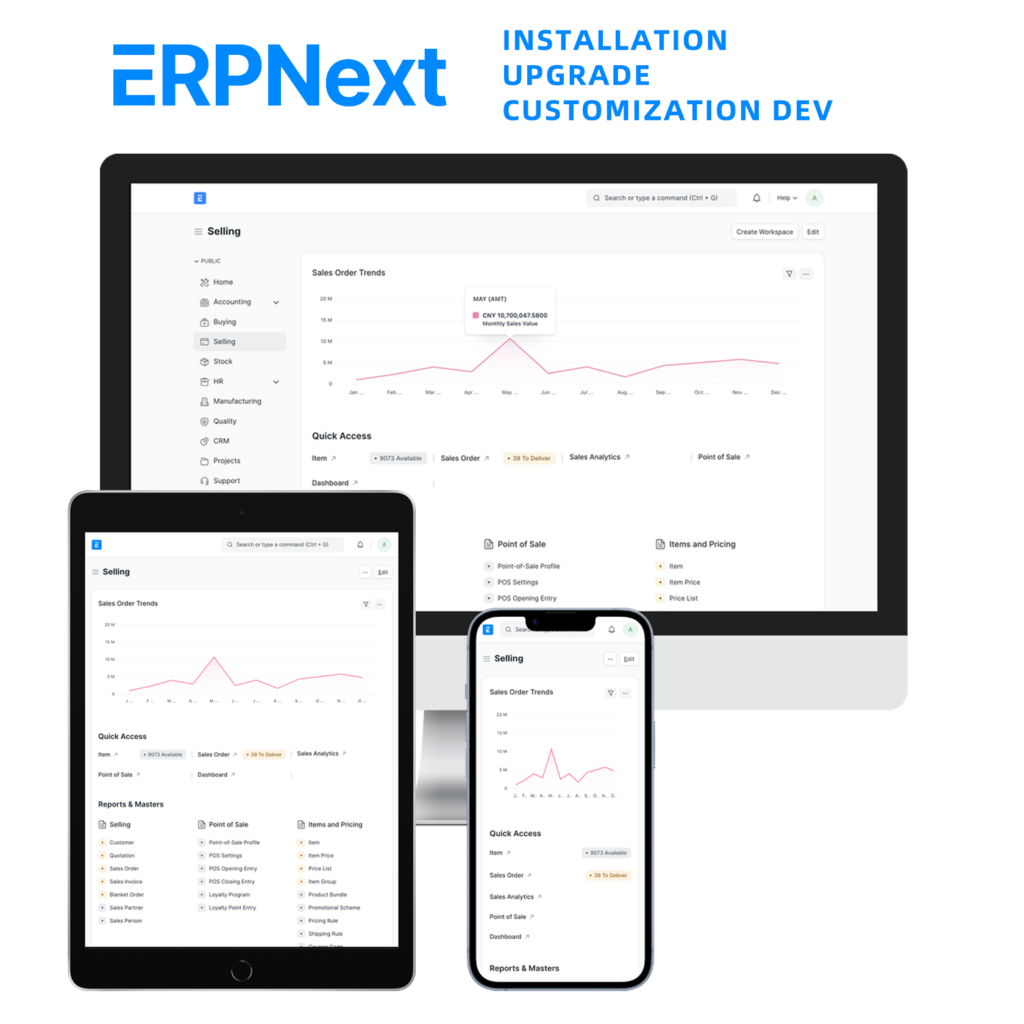The healthcare industry is on the cusp of a digital transformation, driven by the imperative for efficient and integrated software solutions. A recent market forecast predicts the global healthcare ERP market to reach a staggering $12.04 billion by 2033. This translates to a compelling compound annual growth rate (CAGR) of 6.71% over the next decade, reflecting a substantial rise in demand for unified healthcare management systems.

But what’s behind this surge? Traditionally, healthcare providers have grappled with a hodgepodge of software programs for various tasks, resulting in data silos and operational inefficiencies. Healthcare Enterprise Resource Planning (ERP) systems offer a game-changing solution by integrating critical functionalities like finance, inventory management, patient data, scheduling, and more. By implementing a unified ERP system, healthcare organizations can streamline workflows, ensure data accuracy, and gain valuable insights to elevate patient care.
The advantages extend far beyond internal operations. Streamlined administrative processes with an ERP system can lead to faster claim processing and reduced operational costs for healthcare organizations. This translates to improved financial health and better allocation of resources towards patient well-being. Additionally, patients can expect a more seamless experience with efficient appointment scheduling and easier access to their medical records. As the healthcare industry continues to prioritize efficiency, cost-effectiveness, and improved patient experiences, the adoption of healthcare ERP systems is poised for widespread adoption.
Furthermore, the growing adoption of telemedicine and remote patient monitoring is expected to propel the healthcare ERP market forward. ERP systems provide the much-needed platform to integrate these emerging technologies, ensuring a smooth flow of data and fostering better care coordination between patients, physicians, and specialists, regardless of location.
Looking ahead, the healthcare ERP market is expected to witness continued growth, driven by factors such as increasing government regulations mandating data standardization and interoperability, rising investments in healthcare IT infrastructure, and the ever-growing need for improved operational efficiency and cost control in the healthcare sector.